The largest ever cast of trans actors on a scripted series assembles for something both entertaining and resonant.
The Pose screening held at New York City’s Lesbian, Gay, Bisexual and Transgender Community Center hosted a wonderfully eclectic crowd. Refreshingly diverse (my partner estimated that only about 15% of the audience was white), the audience included numerous trans folks and people of color as well as celebrity drag kid Desmond Is Amazing, who dazzled the audience with a brief vogue routine just before the episode started. I mention all of this for a few reasons. The program’s cinematic look translated effortlessly to the big screen, no surprise considering co-creator Ryan Murphy and Brad Falchuk, credited here alongside African American Bronx native Steve Canals, brought a polished visual aesthetic to their Glee, American Horror Story, and American Crime Story franchises. The audience’s response was rapturous at times—the ball scenes may as well have been happening in the room for how enthusiastically everyone applauded, and audible gasps were heard when villainous rival Mother Elektra (Dominique Jackson) called protagonist Blanca (MJ Rodriguez) “beast.” This would seem to indicate that the community being portrayed was satisfied with the depiction, a genuine concern when this show was announced. (Because I love me some Ryan Murphy, but he can be problematic as hell, especially where racial and gender identity politics are concerned.) The community center venue and carefully cultivated crowd indicated canny marketing, to be sure, but also an honest desire to reach out to and include the people this program is meant to celebrate in addition to the usual suspects: i.e. white, mostly male critics. (Guilty as charged.)
Based on the premiere alone, Pose has huge potential. The series explores the Manhattan ball culture of the 1980s, a world made famous by the documentary Paris Is Burning. The first episode largely works as a self-contained experience, while also setting up characters and conflict for subsequent installments. In the stunning opening sequence, we meet Elektra, Blanca, and the other members of the House of Abundance and immediately sense a conflict between the first two women; the scene quickly shifts to a museum where the group raids an exhibition of authentic royal finery and manages to win a nearby ball competition before being led away in handcuffs. “And that is how you do a Ball!” Billy Porter’s Pray Tell breathlessly declares. Cue Pose logo and enthusiastic cheers from the crowd.
Cut to Allentown, Pennsylvania, where Damon (Ryan Jamaal Swain) dreams of becoming a dancer before being beaten and literally thrown out of the house by his homophobic father and Christian mother. The expected caring mom versus cruel dad dynamic is shattered the instant she slaps Damon across the face. He winds up on the streets of New York City around the same time Blanca gets diagnosed with HIV and decides to leave the House of Abundance to form a house of her own. Needless to say, their paths soon cross, with Blanca impressed with Damon’s dancing. Swain is a terrific dancer, and tremendously appealing, if a bit green as an actor—something that could be said of numerous Glee cast members who subsequently improved over the years. Rodriguez, meanwhile, is excellent and imbues her role with real pathos and conviction. She sells at times on-the-nose dialogue by bringing out its truth.
Some of the character’s experiences—for example, explaining that the knowledge she’ll die of AIDS is at least one certainty in her otherwise uncertain existence—are so specific that they surely came from a creator’s actual life. Blanca and Damon’s burgeoning family dynamic soon grows to include Angel (Indya Moore), who’s fed up with the House of Abundance and the painful rejection she experiences applying for a job, and in her burgeoning romance with Stan (Murphy stalwart Evan Peters), a Trump executive with a wife (Kate Mara) and kids. Stan picks Angel up while she’s working the street, and their encounter in a hotel room is touching, funny, and incredibly specific. It also gives us our first taste of Moore’s considerable acting chops. Having co-starred in the trans themed musical Saturday Church, the actress here takes center stage. She’s beautiful and by turns confident, insecure, sassy and hilarious. (“Can we talk?” Stan asks while “I’m Not in Love” purrs over the radio. “Of course. It’s my second best skill,” Angel declares.) It’s a three dimensional character, and if there’s any justice in the world it will be a star-making role for Moore. Speaking of stars, Porter inches closer to an EGOT with his host/fashion designer character, a sort of fairy godfather to Blanca and her group. He steals every scene he’s in, no small feat considering he’s usually acting alongside elaborately dressed voguers.
Of course, it wouldn’t be a ball show without balls, and Pose has them in abundance (pardon the pun). The choreography and extravagant costumes are exhilarating, including a show stopping solo Damon performs to Whitney Houston’s “I Wanna Dance with Somebody.” It’s an eleventh-hour dance school audition secured by Blanca, who replies to the dean’s “who are you again?” with “I’m his mother.”
As the premiere ended to the sounds of Kate Bush’s “Running Up That Hill”—the soundtrack to Pose is amazing—there wasn’t a dry eye in the house. There are a lot of gay shows and movies, but not many of them feel queer, and they too often foreground white characters and experiences. Not so this series, which rewards audiences hungry for representation and looks to be an illuminating and engrossing experience. It’s about time.

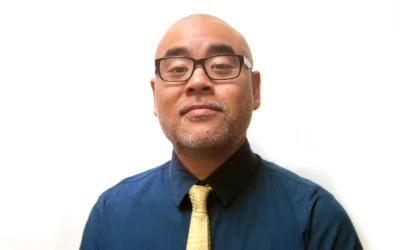
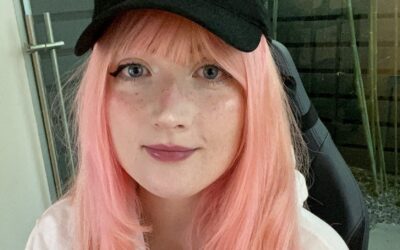
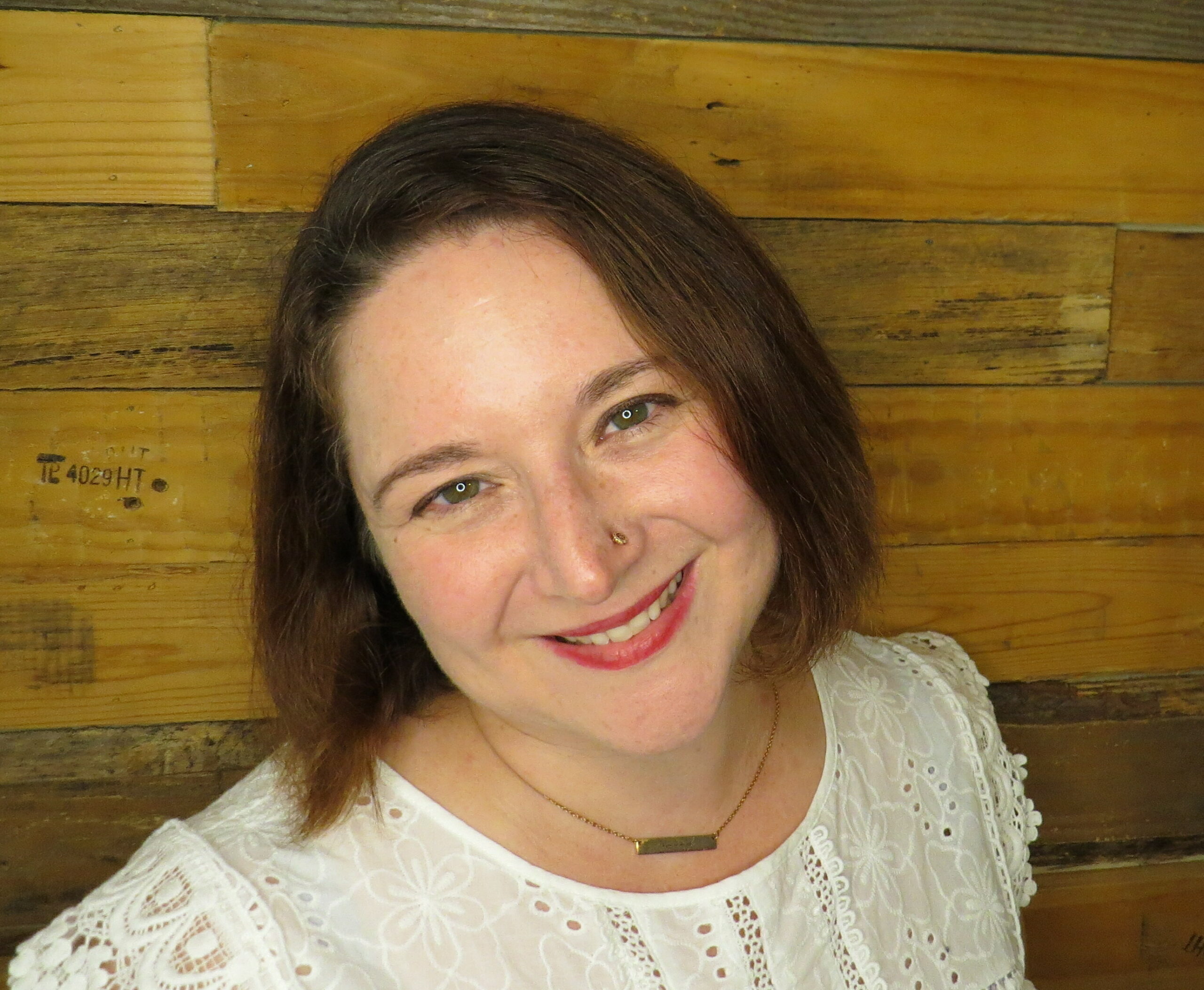
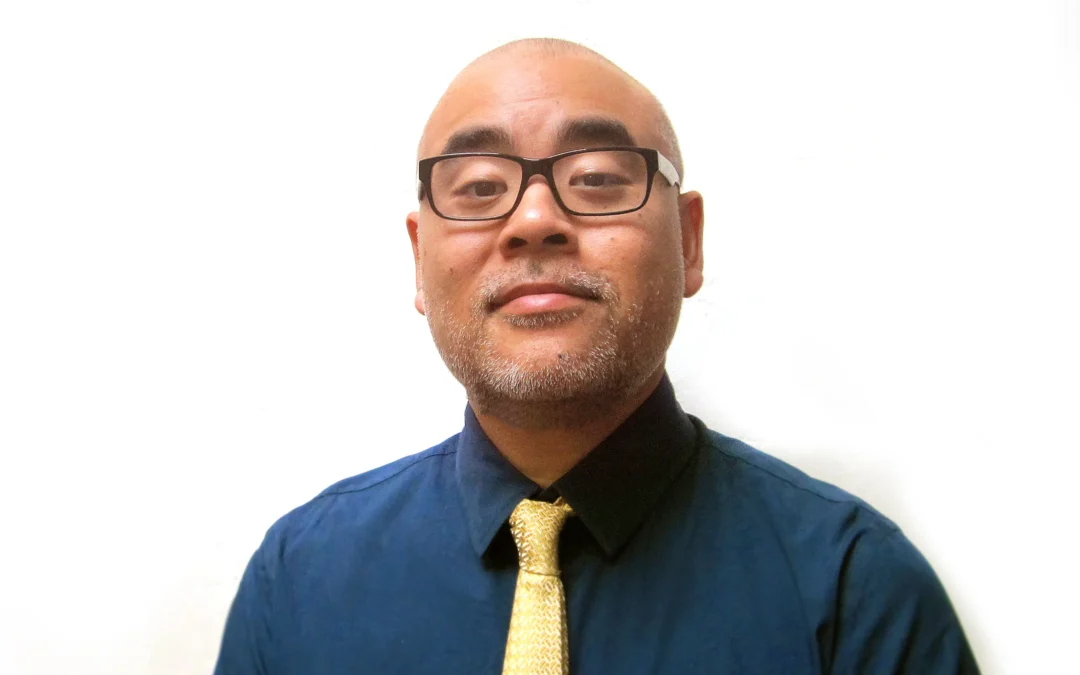
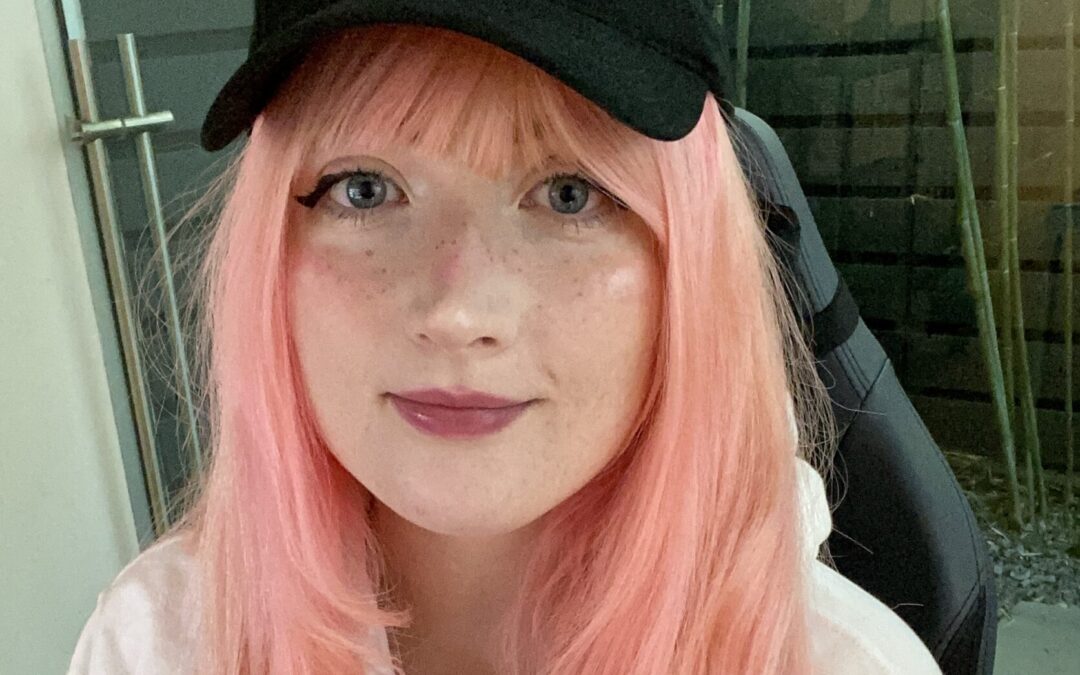
0 Comments